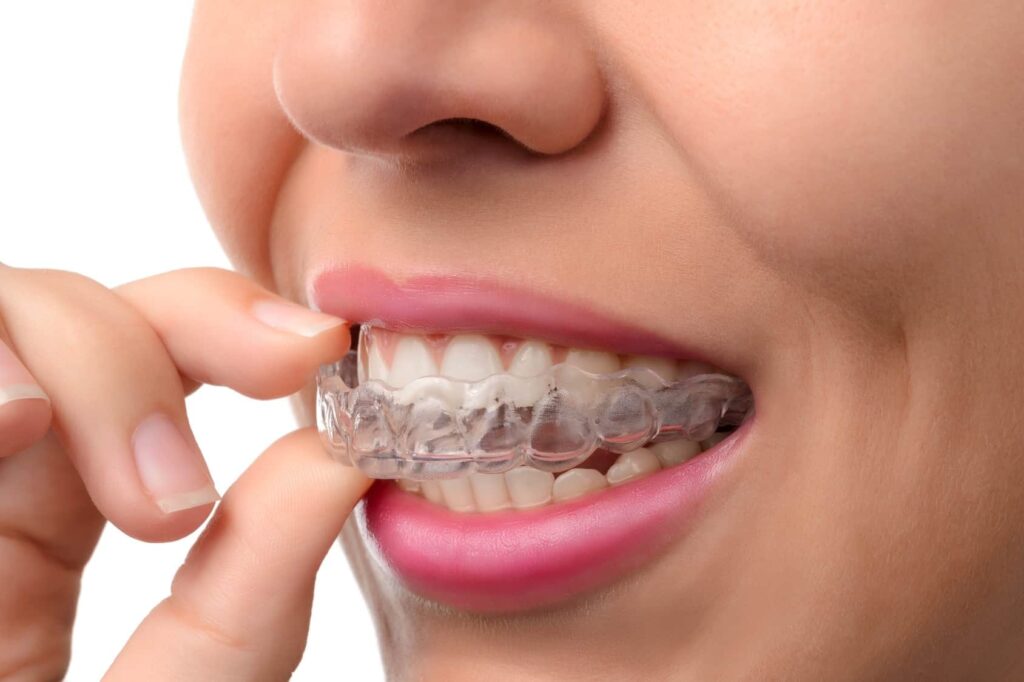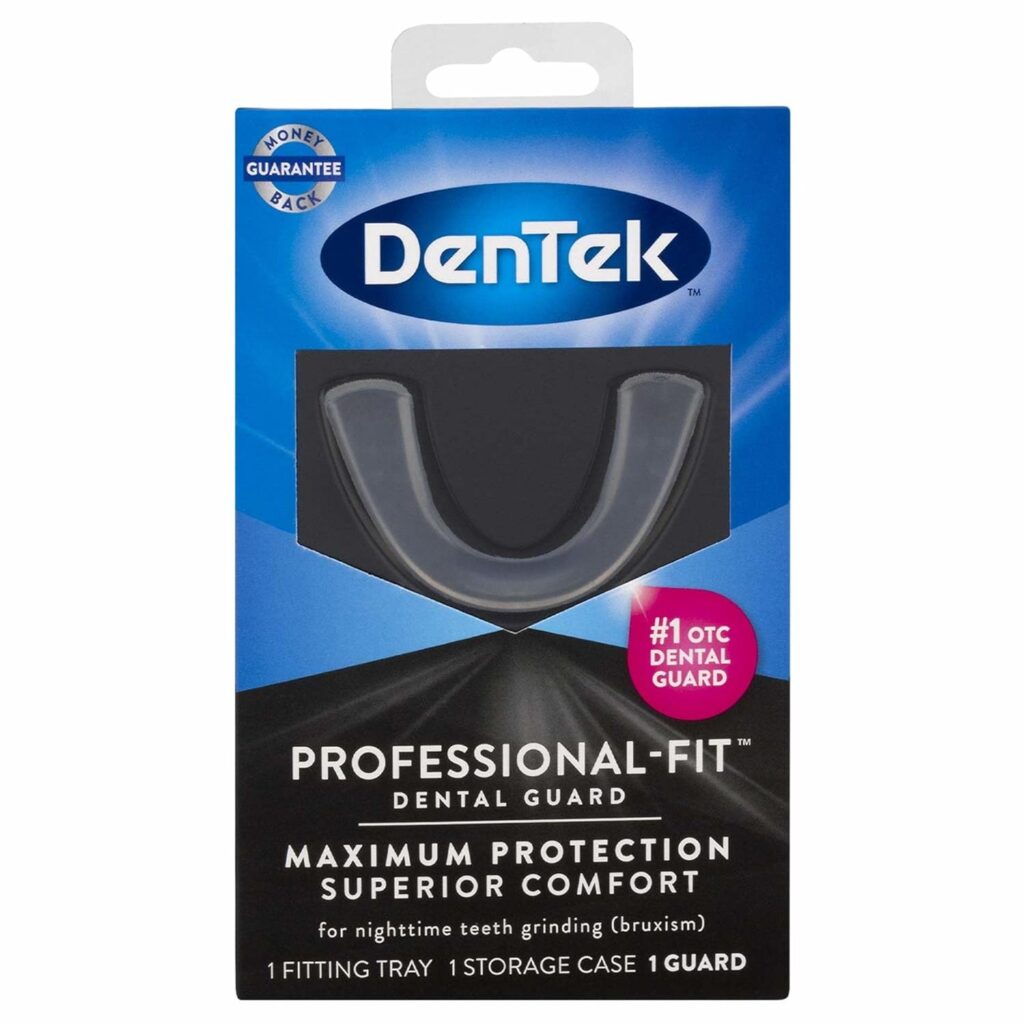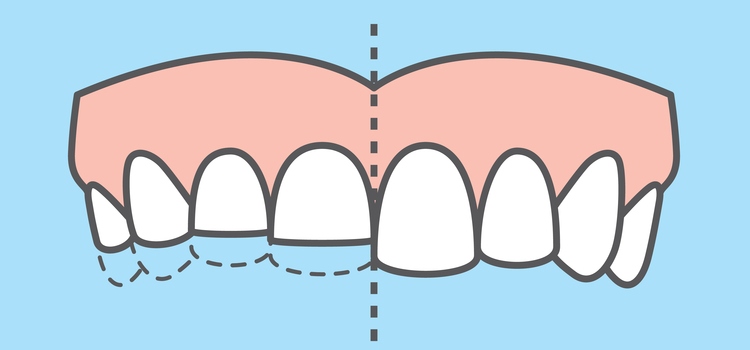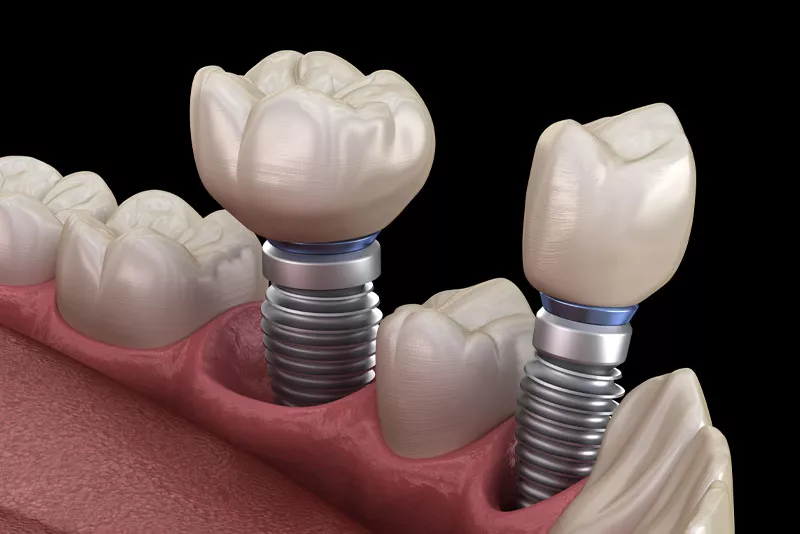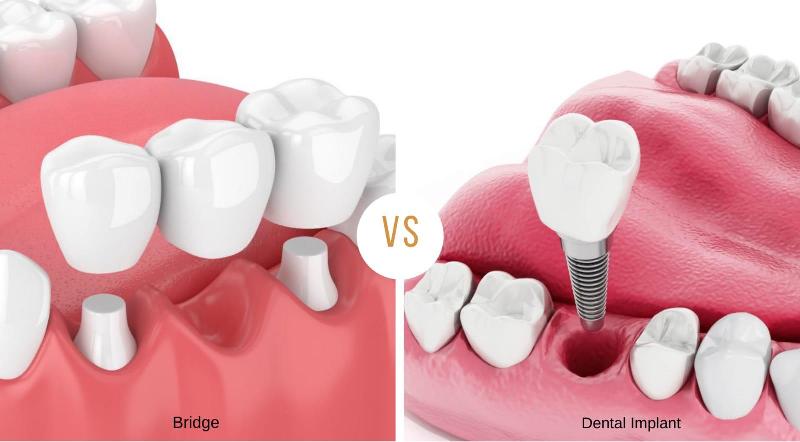Are you one of the many people waking up each morning with sore jaws, headaches, and even a chipped teeth?
These are the adverse effects of bruxism or temporomandibular joint disorder (TMD). If you have been to the dentist, you would have probably been recommended a mouth guard for nighttime teeth grinding or jaw clenching. We all know that custom-fit mouth guards from the dentist are the gold standard for effectiveness and comfort. However, they can also come with a hefty price tag that might leave you questioning if there’s a more budget-friendly way to protect those pearly whites.
The answer is yes, and you can do that with a DIY mouth guard. It is a quick solution for those seeking relief from the pain without breaking the bank. In this article, we will give a step-by-step guide on how you can create your very own mouth guard with just a few ingredients.
But before we sink our teeth into this DIY project, let’s get one thing straight: a homemade mouth guard should never replace professional dental advice or treatment!
What Is a Mouth Guard?
A mouthguard is a dental appliance typically made from flexible plastic or thermoplastic materials, designed to fit over the teeth. They work by forming a protective barrier between the upper and lower teeth, reducing the impact that may be caused by trauma as well as any wear and tear caused by grinding of the upper and lower teeth. For those with TMD, a mouthguard can help redistribute the force of biting, which may alleviate some of the discomfort or pain associated with the condition.
There are numerous types of mouth guard, each with a different use:
- Athletic Mouthguards: These are used in sports to protect teeth from trauma during physical activities. They safeguard against chipped or broken teeth, injuries to the lips and gums, and even concussions.
- Nighttime Mouthguards: These are primarily used to prevent the damaging effects of teeth grindingor to alleviate the symptoms of temporomandibular joint disorder (TMD). These are often custom-fitted by a dentist but can also be bought over-the-counter.
- Snore Guards: These are specialized mouthguards designed to help prevent snoring and, in some cases, mild forms of sleep apnea.
Depending on the type of mouth guard, different materials may be used. Examples of materials include ethylene-vinyl acetate (EVA), polyvinyl acetate-polyethylene copolymers, and thermoplastic elastomers.
Custom-made mouthguards, often created from a dental mold, provide the best fit and protection. However, as they can only be made in a clinic setting and under the supervision of a dental professional, they are much more expensive than their over-the-counter counterparts.
So how can you create a DIY mouth guard that is much cheaper, and can provide some level of protection against bruxism or trauma.
You may be interested in: Why Won’t My Teeth Whiten? All You Need to Know About Teeth Whitening
Making Your Own Custom Mouth Guard
The most common way to create you custom mouth guard is to purchase an over-the-counter “boil-and-bite” mouth guard kit. These devices are generally made from thermoplastic materials that become malleable when exposed to high temperatures.
A boil-and-bite mouth guard has a much lower cost compared to custom-fitted guards made at the dental clinic, and they offer a better fit than generic mouth guards because they can be molded to the unique shape of your teeth.
Some of the top boil-and-bite mouth guard recommended by dentists include the following:
- DenTek Ultimate Dental Guard (1 tray)
- Reazeal Mouth Guard (4 tray pack)
- SmartGuard Elite Dental Guard (2 tray pack)
- Bellalula Professional Mouth Guard (4 tray pack)
Here are the instructions to make your own custom mouth guard using the boil-and-bite mouth guard:
- Boil the Water: Bring water to a boil in a pot.
- Submerge the Mouth Guard: Place the mouth guard in the boiling water for the time specified in the instructions (commonly 20-30 seconds).
- Remove and Cool: Using tongs or a spoon, carefully remove the mouth guard from the boiling water and let it cool briefly in ambient air or a bowl of cold water for a few seconds.
- Mould the Mouth Guard: Insert the softened mouth guard into your mouth, centering it carefully over your upper or lower teeth. Bite down gently while using your tongue to press the material against the back of your teeth. Be sure to use your fingers to mold the guard around the front of your teeth and gums.
- Set the Shape: Once you’ve achieved a snug fit, immerse the molded guard into cold water to harden the thermoplastic material.
- Test for Fit: After the material has hardened, test the mouth guard for a snug, comfortable fit. If it doesn’t fit as desired, you can usually repeat the boiling and molding process.
Like all other mouth guard, be sure to wash the mouthguard with cool water and soap, and keep it in a dry and ventilated case. From time to time, examine the mouth guard periodically for signs of wear and tear, and replace as necessary.
Minimizing Bruxism and Temporomandibular Joint Disorder (TMD)
Both conditions can have detrimental effects on your oral health, affecting not just your teeth but also your jaw, muscles, and overall well-being. While professional evaluation is important and should be done, you can also incorporate some strategies into your routine to mitigate the impact.
Firstly, adopt stress management techniques such as deep breathing, meditation, exercise, and mindfulness. Identify the different areas that are causing the stress and learn to reduce or eliminate it.
Secondly, engage in exercises that relax the jaw muscles. Gently massage the jaw, cheeks, and temples to release tension. If you are feeling pain, apply warm compresses for 20 minutes followed by cold compresses for 5 minutes to relieve jaw pain.
In the event that the pain is unbearable, consult your dentist to get over-the-counter nonsteroidal anti-inflammatory drugs (NSAIDs) like ibuprofen as they can control the inflammation and offer temporary relief.
Last but not least, reduce the intake of caffeine, alcohol, and other stimulants, particularly in the evening, as they can exacerbate grinding.
By integrating these strategies into your daily routine, you’re taking positive steps toward managing the symptoms of bruxism and TMD.
Closing Thoughts
Creating a DIY boil-and-bite mouth guard for sleeping is a proactive step towards mitigating the discomfort and potential damage caused by conditions like bruxism and temporomandibular joint disorder.
While it may not offer the same level of precision and efficacy as one that is made at the clinic, a homemade version can serve as a quick and temporary stopgap, providing immediate relief and added protection.
So go ahead, take that first step with a DIY approach. But be sure to always seek help from a dental professional for a comprehensive assessment of your oral health!

